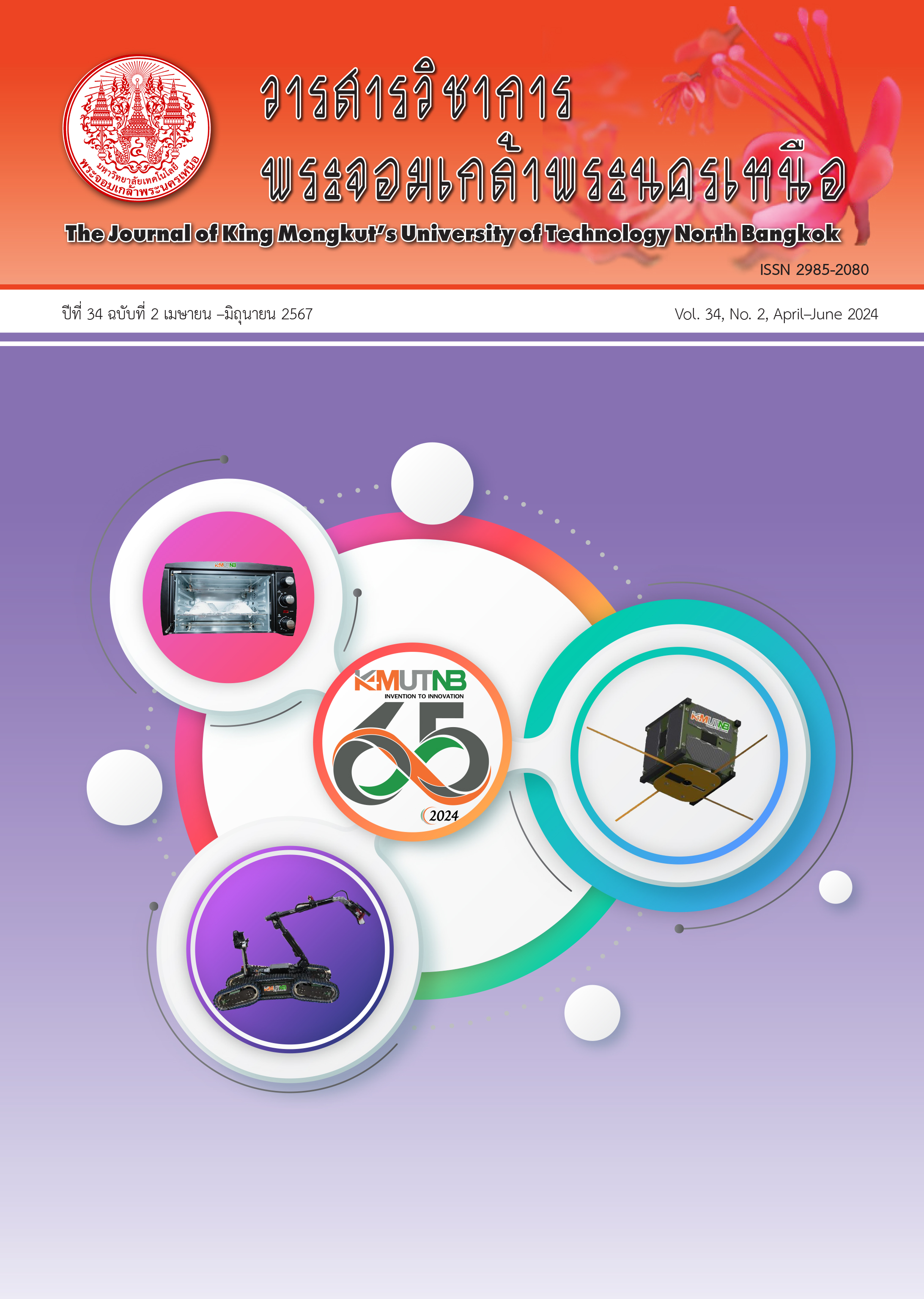Logit Model on Modal Choice Behavior of Recreation Trip to Eastern Thailand
Main Article Content
Abstract
Mode choice behavior of recreational trips is difficult to understand and applied to transportation planning policy. To analyze the State Preferences (SP) of choosing modes of travel to the eastern region of Thailand, which is one of the best tourist attraction areas in Thailand, logit model is applied and the factors such as the service conditions of modes and socio- economic data of decision makers are analyzed. In this research, data from 405 respondents collected by Stated Preference survey are modeled as Multinomial logit model and Nested logit model. The results show that fares and frequency of services are important to choose a bus while travel time is significant for a high- speed train. The model can be beneficial to understand the traveler behavior of choosing public transport such as a high-speed train, a bus, or a van including improving public transport policies to the eastern region. For instance, improving speed and frequency of high-speed trains makes travelers more satisfied. In addition, the elderly prefer to travel by car rather than public transport, especially for high- speed trains. Therefore, the discretionary decision policy of planning and investment of the universal design for high-speed train’s facilities and station platform must be suitable for an aging society.
Article Details

This work is licensed under a Creative Commons Attribution-NonCommercial-NoDerivatives 4.0 International License.
The articles published are the opinion of the author only. The author is responsible for any legal consequences. That may arise from that article.
References
F. S. Koppelman and C. Bhat, A self instructing course in mode choice modeling: multinomial and nested logit models. FTA, United States: Federal Transit Administration, 2006.
Team Consulting Engineering and Management and Sasin Graduate Institute of Business Administration. (2018). The High-Speed Rail Linked 3 Airport Project, Final Report (Complete Edition). State Railway of Thailand. Bangkok, Thailand. [Online]. (in Thai). Available: https:// www.eeco.or.th/th/filedownloads/1869/filece1677dc3f62605b63154178eb0bbaba. pdf
K. E. Train, Discrete choice methods with simulation. Cambridge university press, 2009.
N. Ashford and M. Benchemam, Passengers' choice of airport: an application of the multinomial logit model. Loughborough University of Technology Department of Transport Technology, 1987.
D. A. Hensher and J. M. Rose, “Development of commuter and non-commuter mode choice models for the assessment of new public transport infrastructure projects: a case study,” Transportation Research Part A: Policy and Practice, vol. 41, no. 5, pp. 428–443, 2007.
N. Koatbua and K. Rungjang, “Choice model for long distance travels by train and application to logit model for lower-northeastern line,” The Journal of KMUTNB, vol. 31, no. 3, pp. 450–460, 2021 (in Thai).
Y. Liu, J. Chen, W. Wu, and J. Ye, “Typical combined travel mode choice utility model in multimodal transportation network,” Sustainability, vol. 11, no. 2, pp. 549, 2019.
A. Polydoropoulou and M. Ben-Akiva, “Combined revealed and stated preference nested logit access and mode choice model for multiple mass transit technologies,” Transportation Research Record, vol. 1771, no. 1, pp. 38–45, 2001.
Ministry of Tourism and Sports. (2020). Domestic Tourism Statistics ( Classify by region and province 2020). Domestic Tourism Statistics. Bangkok, Thailand. [Online] (in Thai). Available: https:// www.mots.go.th/more_news_new.php?cid=594
M. E. Ben-Akiva and S. R. Lerman, Discrete choice analysis: theory and application to travel demand. MIT press, 1985.
F. Heiss, “Structural choice analysis with nested logit models,” The Stata Journal, vol. 2, no. 3, pp. 227–252, 2002.
N. Sanko, “Guidelines for stated preference experiment design,” Master of Business Adminstration diss., Ecole Nationale des Ponts et Chaussées. s, 2001.
D. A. Hensher, J. M. Rose, and W. H. Greene, Applied choice analysis: a primer. Cambridge university press, 2005.
R. F. Gunst and R. L. Mason, “Fractional factorial design,” Wiley Interdisciplinary Reviews: Computational Statistics, vol. 1, no. 2, pp. 234–244, 2009.
Y. A. Youssef, Y. Beauchamp, and M. Thomas, “Comparison of a full factorial experiment to fractional and Taguchi designs in a lathe dry turning operation,” Computers and Industrial Engineering, vol. 27, no. 1–4, pp. 59–62, 1994.
R. L. Mason, R. F. Gunst, and J. L. Hess, Statistical design and analysis of experiments: with applications to engineering and science. John Wiley & Sons, 2003.
P. E. Green, “On the design of choice experiments involving multifactor alternatives,” Journal of Consumer Research, vol. 1, no. 2, pp. 61–68, 1974.
T. Yamane, Statistics: An introductory analysis. Harper & Row, 1967.
M. González-Savignat, “Will the high-speed train compete against the private vehicle?,” Transport Reviews, vol. 24, no. 3, pp. 293–316, 2004.
Y. Wang, L. Li, L. Wang, A. Moore, S. Staley, and Z. Li, “Modeling traveler mode choice behavior of a new high-speed rail corridor in China,” Transportation Planning and Technology, vol. 37, no. 5, pp. 466–483, 2014.

